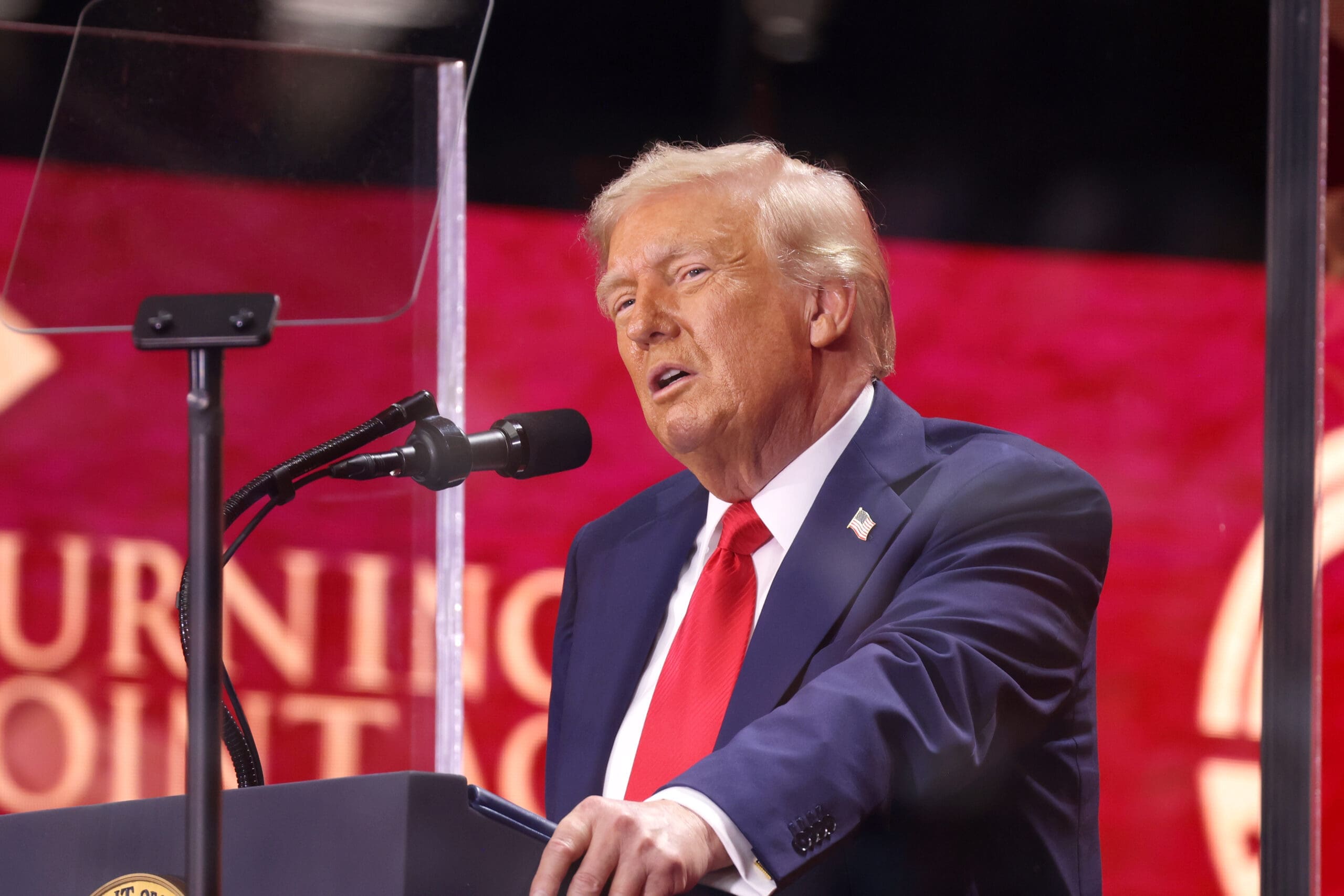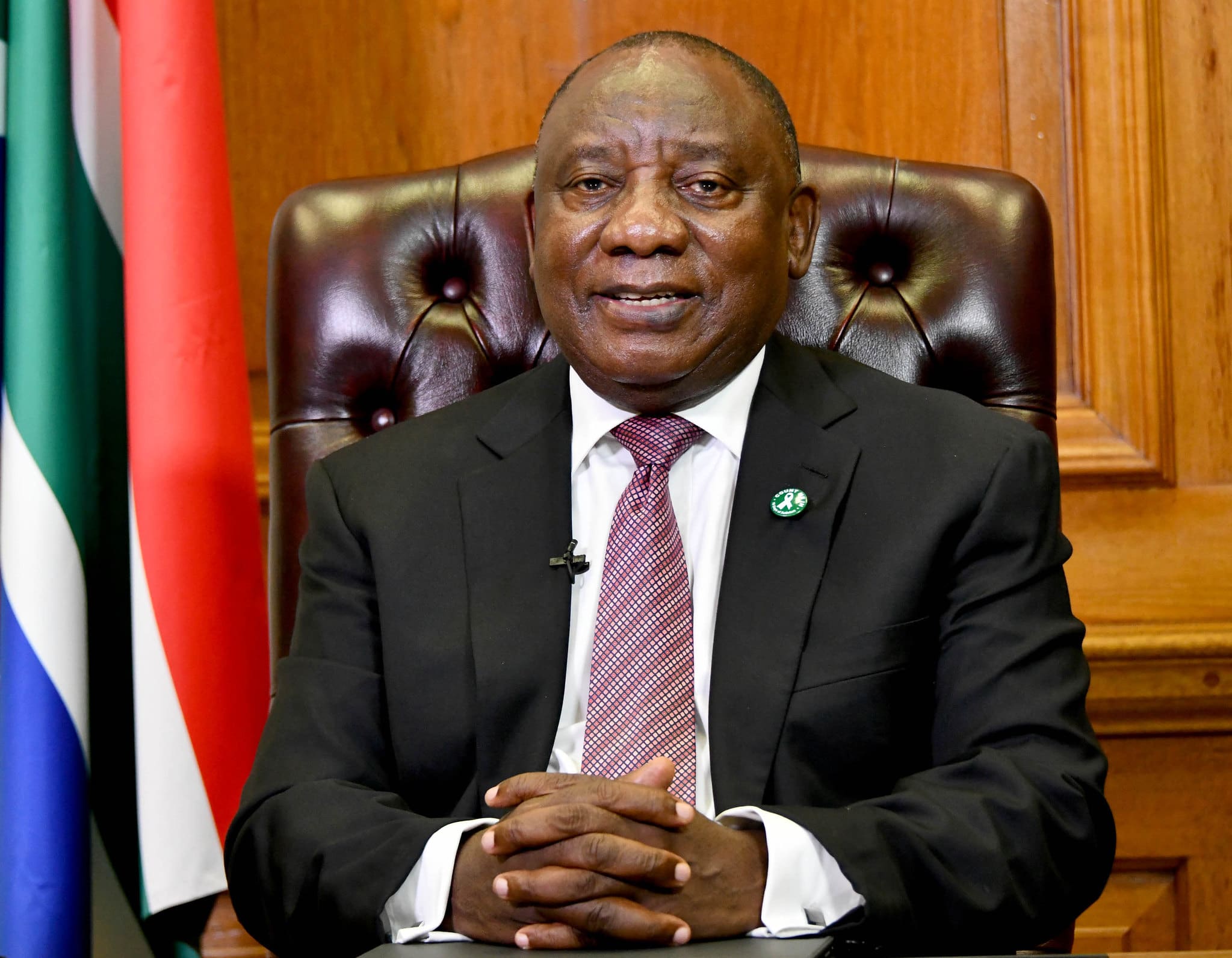America has hit pause on parts of its government, after Congress and the White House failed to agree on a funding bill by the 30 September deadline.
So, what’s actually going on?

First off, why does the US government shut down at all? It boils down to how America funds its operations. Unlike many countries, where budgets roll over automatically, the US system forces lawmakers to pass fresh spending bills each year.
If they don’t, “non-essential” services grind to a halt. That means national parks shut, food inspections stall, and hundreds of thousands of federal workers are sent home without pay (though they usually get reimbursed later). “Essential” functions, like border security, military operations and Social Security, carry on.
This latest row is over a short-term funding extension.
Right now, Republicans, controlling Congress and the White House, want a “clean” extension to November – a temporary bill (called a continuing resolution) that keeps last year’s funding levels until 21 November, about seven weeks, with no extra policy changes. It’s meant to be simple: keep the government open, negotiate the big budget later.
Democrats, though, won’t sign on unless the bill includes extending Affordable Care Act subsidies (helping millions afford health insurance, expiring soon) and reverses Trump’s recent Medicaid cuts for low-income folks.
These shutdowns aren’t new. Since 1980, there’ve been 10 other shutdowns. Ronald Reagan had eight in the 1980s, mostly brief. Bill Clinton faced a 21-day one in 1995-96 over welfare reforms. Barack Obama’s 2013 shutdown lasted 16 days, sparked by Republican attempts to block Obamacare. Trump’s first term saw three, including a record 35-day standoff in 2018-19 over border wall funding, costing the economy $11 billion. The US’s divided government setup, without automatic budget approval like in many countries, makes these clashes regular.
This time’s different, though. Trump’s team isn’t trying to end the shutdown; they’re leaning in, threatening to use it to permanently cut “non-essential” jobs, with a recent memo ordering agencies to prep for mass firings, unlike past temporary furloughs.
Democrats are also digging in. But with Senate rules requiring 60 votes to pass most bills, Democrats can stall, but don’t have the numbers to set the agenda.
How long could it last? Nobody knows. Some shutdowns have been resolved in days, others in weeks. But, as with so much in Trump’s administration, things are starting to take a dark turn.
- Staff Reporter
- Staff Reporter
- Staff Reporter




